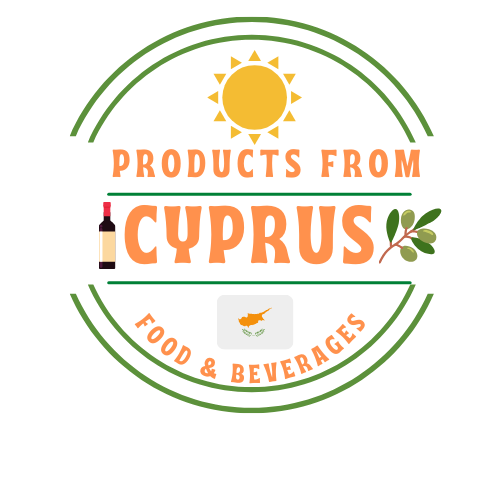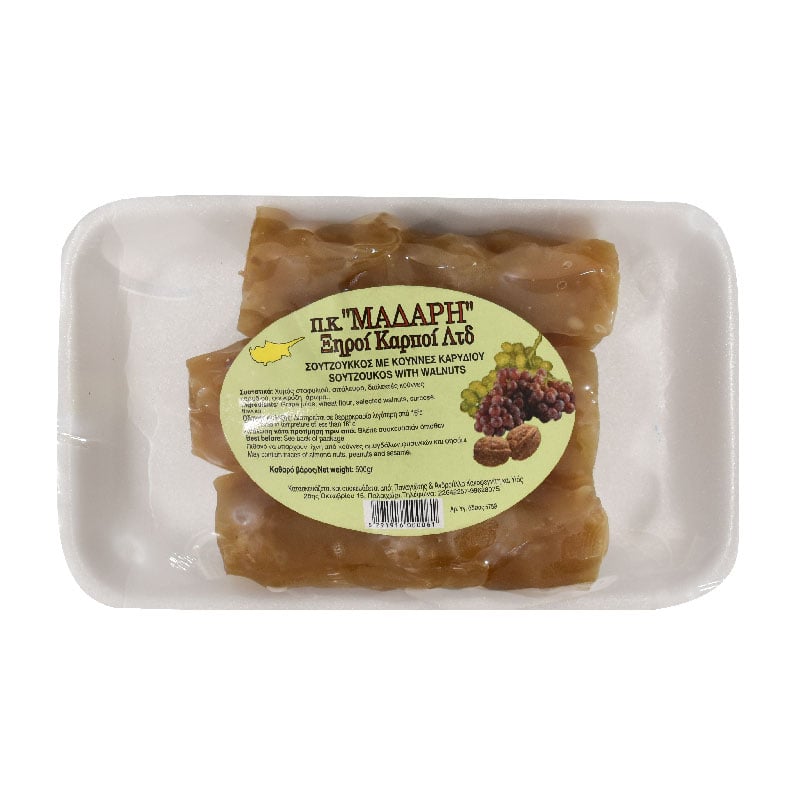In the past, when honey wasn't available, boiled grape juice was commonly used as a sweetener. These grape-based sweets were mainly found in wine-producing villages where grapes were also used for fresh consumption and other sweet products.
Nowadays, two of these traditional sweets, Soutzoukos and Palouze, are still widely produced in Cyprus and commonly served in households. Grape must is the basis for all sweets made from grape juice.
The juice is extracted from grapes and boiled with a special white soil called "asprogyri" to remove impurities. After the cleansing process, the must is left to cool down.
The grape must used in making sweets is mostly derived from the local white "xynisteri" grape variety and sometimes from the red "mavro" variety. The grape harvest season, from September to October, is the traditional time for making all grape products.
Palouzes, a sweet resembling a thick jelly, is made by combining grape must with rosewater, cinnamon, and mastic. It is served cold with crushed almonds or walnuts as a garnish.
When left to dry out, it becomes an alternative sweet called Kiofterka, often paired with Zivania as a favourite energy food. Soutzoukos, the most popular grape juice-based sweet, is made by threading whole almonds or walnuts with a cotton thread and dipping them several times into finished Palouze.
Each layer has to dry before coating it with another layer, and the process can take several days.
The long sausage-shaped sweet is served sliced thinly.
Other traditional grape-based sweets still produced today in the wine villages on the southern slopes of the Troodos are Kiofterka, Epsima, and Retselia, mostly made by women.

